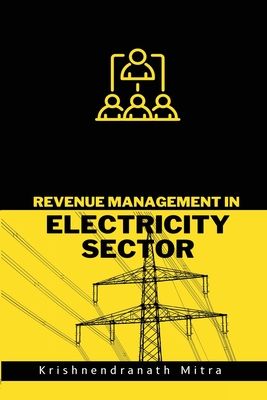You are here
Back to topRevenue Management in Electricity Sector (Paperback)
Email or call for price
Description
Revenue management and dynamic pricing has limited application in the retail electricity market although dynamic pricing can be an effective demand-side management policy. This book is based on a thesis records an extensive literature review on dynamic pricing of electricity and addresses three research objectives in this area resulting in several novel ideas and interesting inferences. The first objective results in an expenditure-minimization model for scheduling electrical appliances with dynamic pricing. A novel dynamic pricing scheme is introduced where price is a piecewise-linear function of planned household consumption and forecasted grid load. A grid-connected system with battery and in-house renewable energy generator is considered. The model is analyzed with various pricing policies, price ranges and appliance operation windows. Electricity expenditure decreases from flat prices to two-part dynamic pricing. Use of battery and in-house renewable energy reduces expenditure and increases individual load flattening. Larger the price range, higher is the load flattening and lower is the expenditure.
The second objective determines the optimal convexity of the price function proposed in the first problem. Firstly, the demand per time slot for a consumer for a day is estimated in a novel way. Secondly, the optimal curvature of the nonlinear curve is found out. Finally, the nonlinear curve is converted to the best piecewise linear curve. Scenario analysis reveals that concavity can be enhanced by increasing net consumption, increasing ratio of net consumption to allowable consumption, tightening operating windows, increasing price ranges, increasing mid-price of the price range and lowering the power of expected energy in the price function in case a convex curve is obtained. The third objective describes a novel way of segmenting the present retail electricity market for differential pricing based on the data collected from 173 respondents using an interactive questionnaire. Data analysis methods are used to prescribe specific criteria to classify consumers into segments and to define the demand-price relationships of four different appliances in each segment. Willingness-to-pay is recorded at about five times higher than the present average price. Dynamic pricing with automation and option to sale in-house-generated renewable energy to the grid are of interest to consumers for the future market.
